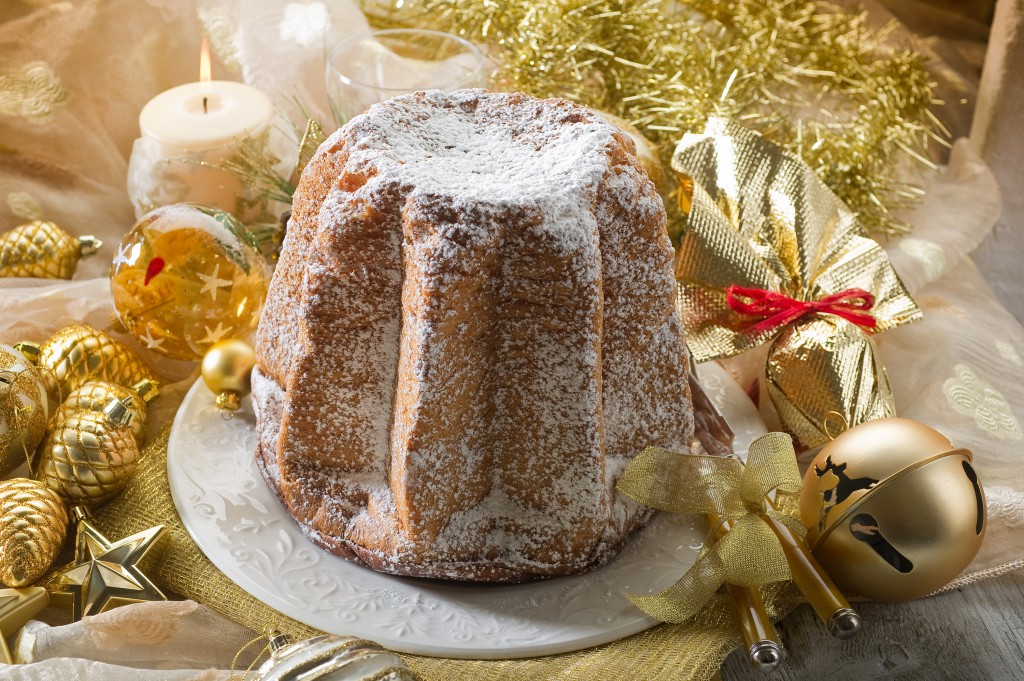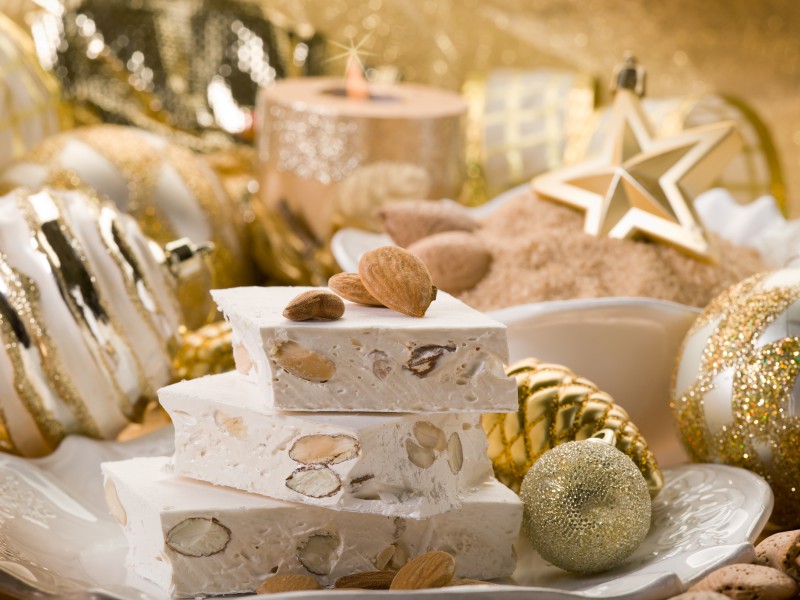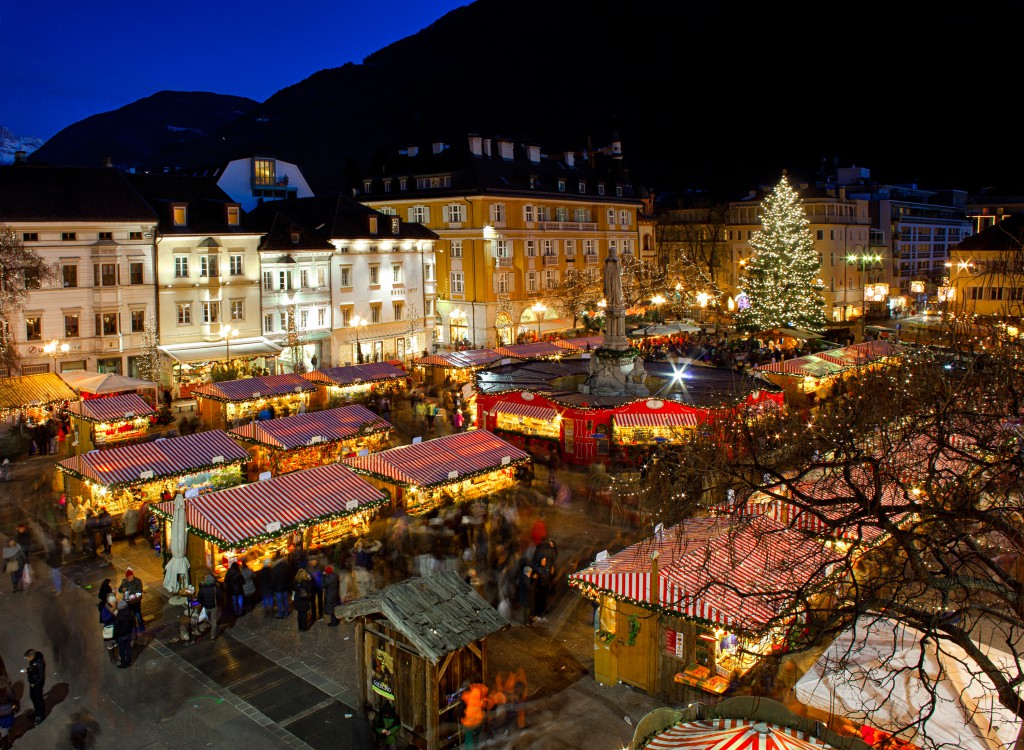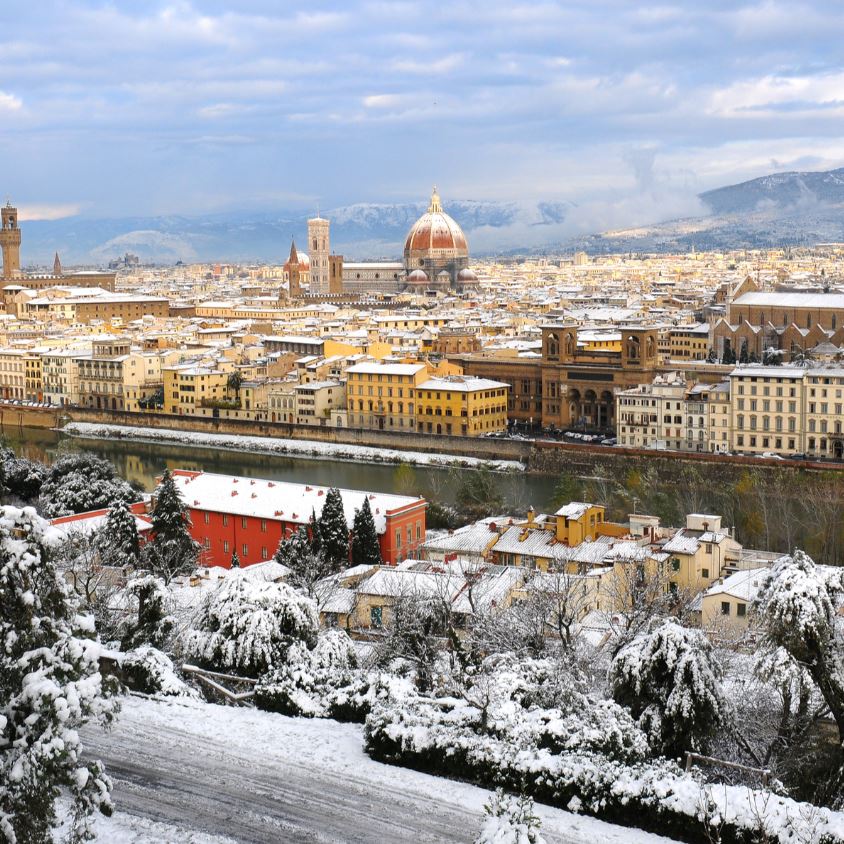The cold and shorten days are getting closer, lights start to bright in the streets decorated with red and green details, and huge Christmas trees appear in the main squares. I have always loved the beginning of December when the holiday vibration is perceived: people hurry across the streets with a lot of packages in their hands, bagpipers play Christmas melodies all around, and Babbo Natale give candies to the children. The Christmas atmosphere is really felt in the Bel Paese since this holiday is one of the most important ones in my country. Although there are commons traits, the magic of Natale is different all over the world.
Do you want to experience and discover how Italians celebrate it? Just keep reading, and you will come up with some clues you may not know about Christmas in Italy!
December: A Month Full of Christmas Traditions!
Italians really feel the atmosphere since late November, but the Christmas season officially starts on December 8th, the Day of Immaculate Conception. On this day many Italian families decorate their home and trees, bake cookies, wrap their presents, and schools and offices are formally closed. From this day on, up to December 26th, the holiday atmosphere gets bigger and bigger: in many Italian streets decorations and huge Christmas trees are displayed, presepi (Nativity scenes) are placed outside for all to see, and the Christmas smell — as I love to call it — of chestnuts, chimneys, mulled wine, and Italian delicacies, is perceived on every corner. Also, in some Italian cities, zampognari (bagpipe players) can delight you with merry songs. If you stroll down the street, you will be thrilled by all these jolly habits in preparation of the 3-day celebration, starting from the 24th.
Christmas day and Christmas Eve (Vigilia di Natale) are observed in different ways all over the country, depending on where you are. Some Italians start celebrating with a nice dinner on December 24th, while others prefer a light meal — preferably without meat — and wait for a huge Christmas lunch, the day after. However, the midnight Mass at the local church is a tradition from the North to the South. After it, the festivity commences: it’s time to brindare (make a toast) with a glass of spumante, a slice of panettone and pandoro, and an occasion to open up the presents. Children, excited by Santa’s arrival, prepare a glass of milk, nuts and a slice of Christmas cake under the tree to thank Babbo Natale for the gifts.
The joy of this time rises on December 25th, which is made to eat! This is the perfect occasion to meet up with your family, sit around the table — trust me, almost all day long — and enjoy a delicious and exquisite menu. The charm of this day lasts until late, while playing board games, tasting Italian delicacies and good wines, and unwrapping all the presents! After all the good cheer of this day, the festivities go on: December 26th, Santo Stefano day, is a national holiday in Italy, and it is obviously another occasion to gather with your loved ones and taste other homemade specialities.

Celebrations are not over yet! The last mont of the year, everybody knows, is the time to enjoy. After these 3 days of merrymaking, the next date is December 31st. This is another crazy opportunity to meet with friends and families and have a big party all the night long: Capodanno (New Year’s Eve) normally starts late in the afternoon with the famous aperitivo, followed by a traditional big meal (aptly called cenone, “big dinner”) and the right party to welcome the new year! The day after, if you still have the energy and your stomach is up for more food, it’s time for another substantial lunch! January 1st is a day to relax, stay with the people you care most about, and have some traditional food and dessert.
As we approach the last day of the year, you may think that the holiday is now over, but for the Italians the answer is still no: Christmas time in Italy is not complete up to January 6th, Epiphany day (giorno della Befana). On this night, children wait for the Befana, who, according to Italian folklore, is an old witch-like woman who arrives on a broomstick, comes down the chimneys and fills kids’ stockings with sweets, chocolate, or a lump of coal for those who have been naughty. Nowadays, though, most kids get a symbolic lump of coal in the form of a licorice-flavored lump of black sugar — a wink to the naughtiness in all of them, and a sweet surprise in an ugly form.
The Holidays means eating a lot: everybody knows the Italians’ addiction to delicious food! So, aren’t you curious to know what Christmas means on a culinary level?
Christmas, the Perfect Time to Eat… From the Baked Lasagne to the Sweet Pandoro
From antipasti up to dessert, from breakfast to dinner, and from Christmas Eve to la Befana day, Italians love Christmas delicacies. Even though every family has its own traditions and recipes, there are some common traits up and down the country.
On Christmas day the table abounds of different entrees: insalata di mare (seafood salad), salmone or tonno (fresh salmon or tuna fish), gamberetti in salsa rosa (shrimps with cocktail sauce), salumi, and cured meats. The main portata, depending on the region, consists of the famous tortellini in broth, lasagne or pasticcio, the amazing baked pastas prepared just like grandmas taught. Normally after the main meal, a tasty variety of meat is served. Whatever the menu, all Italians cannot end their lunch without some famous Christmas treats: pandoro and panettone. The former is a traditional Veronese sweet yeast bread, while the latter is a tall sweet bread enriched with raisins and dried fruits, hailing from Lombardy. To add more sugar to the meal, Italians do love torrone (classic Italian nougat), fabulous chocolate, and homemade cookies, such as baci di Dama, the hazelnut biscuits from Turin. After all these delicious meals, from December 24th to 26th, there is the right amount of time to prepare the stomach for the final gourmet! If each Christmas meal differs from one family to another, each New Year’s Eve dinner is carefully thought out to eat the right food promised to bring you luck, such as cotechino — a fresh pork sausage — lenticchie (lentils), and uva (grapes).

The holidays menu is not over without mentioning something that all Italians crave: wines! All the amazing Italian flavors do not have the same taste if they are not paired with a great bottle of wine, and, of course, Italians have the right choice for any kind of food, taste, and occasion.
With a Christmas roast, a really nice Brunello di Montalcino or Super Tuscan red (Biondi Santi or San Polo) are the right options; for a white that can stand up to many types of food, Planeta’s chardonnay is great, but Piedmont Arneis (Castello di Neive or Ceretto) is an impeccable solution. For a perfect cin cin (a toast that sounds like glasses clinking), nice sparkling wines are Franciacorta (Bellavista, Ca’ del bosco, or Ricci Curbastro) or Ferrari Trento DOC. If you want to have the right tips, check out what Martina — our Food and Wine Specialist — suggested.
Places to Visit at Christmas Time
Italy is always magical and, wherever you decide to go, you will love the enchanting Bel Paese. The choice is wide, but Christmas time is just brilliant from the North to the South, and for any kind of vacation.
The holiday season in Italy is bedecked with Christmas markets, decorated with wonderful stalls that are crammed with handicrafts, regional delicacies, and wines, such as the famous vin brule’ (mulled wine) to warm you up. The best places worth a visit for the mercatini di Natale are Trentino-Alto Adige, in particular the town of Bolzano, with its magical atmosphere coming from the traditional wooden huts, or the medieval town of Bressanone; in the Veneto region, Cortina and Belluno are decorated with beautiful wooden stands with local and regional products and unique handicrafts. But that’s not all! The main Italian squares in cities such as Rome, Milan, Florence, Venice, and Naples are each decorated with a special mercatino which, with the sparking lights, the melody of carousels, and the display of nativity scenes and Christmas trees, makes the atmosphere even more enchanting.
A different way to spend your holiday is in the South of the boot. This area, with its milder weather, is a good choice to take part in some other Italian traditions. In Molise and Abruzzo bagpipe players — coming down from the hills and dressing with unique costumes — play Christmas songs all around the streets. In Campania, the city of Naples, being the cradle of presepe, stands out: here there are many handicraft shops, such as the famous Giuseppe Ferrignos’s laboratory, that sells typical figurines of the nativity scene along with other characters like pizzaioli, bagpipers, and animals. Another place with its own distinct folklore is Sicily. Here fabulous nativity scenes and Christmas markets with stalls bulging with Sicilian delicacies adorn many towns; and traditional events, parades, and bonfires take place in various squares.
If you are up for something traditional, Christmas time is the best time of the year to enjoy the snow, escape the crowded cities, have fun with winter sports, and taste the best regional culinary traditions, such as vin brule’ and Bombardino (the Italian version of eggnog), a typical skiers’ drink. Italian mountains offer a great variety of slopes with breathtaking sceneries, and various initiatives, such as the Fiaccolate degli sciatori, where skiers ski down the mountains at the moonlight, with flaming torches in their hands. After a great ski day, a ritual is to relax in a famous Spa, such as the well-known Bagni vecchi di Bormio Spa Resort, in Lombardy, or the Terme Merano, in Alto Adige.

Talking about Christmas holidays, a question comes up: where do Italians celebrate the Notte di San Silvestro (New Year’s Eve)? If Christmas day is made to stay with the family, New Year’s Eve is always the right occasion to celebrate with friends the coming of the anno nuovo! There are various ideas and opportunities. A big dinner with friends? A dance night in a cool place? A ski night down to the Alps slopes? Stunning midnight fireworks, festivals, and concerts in the main Italian squares? The magnificent Italian piazze host various events, where to experience Capodanno. Whatever the decision, all over the country, when the clock strikes midnight, it’s time to raise your glass for a brindisi with the perfect sparkling wine or spumante!
Christmas in Italy is just magical, with all its decorations, lights, carousels, and traditions…. Now that you know more about how it is celebrated on the other side of the pond, all you need is how to give your holiday wishes in Italian.
Auguri!
